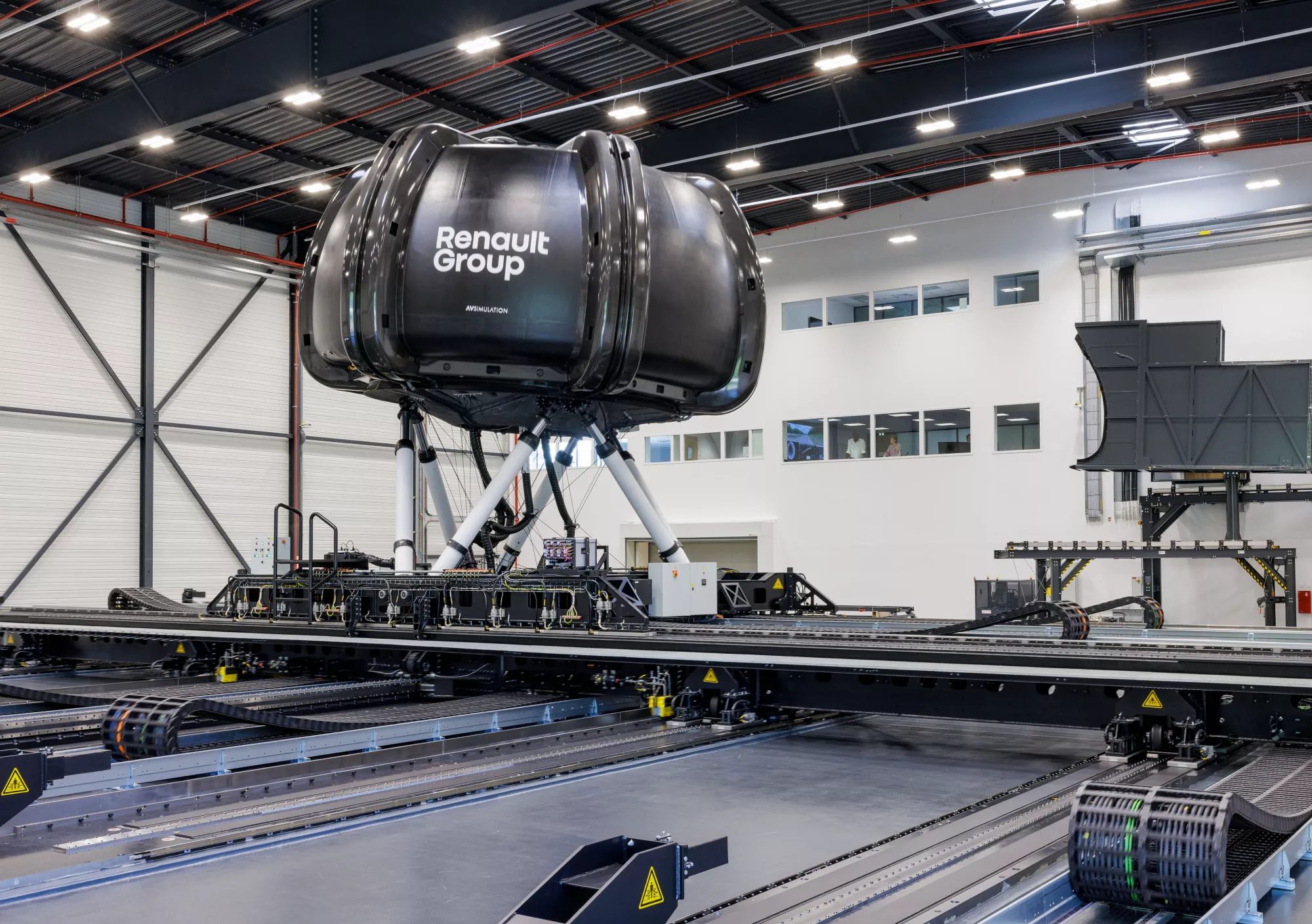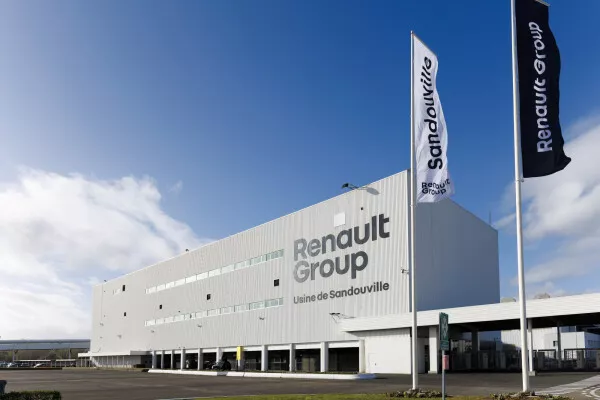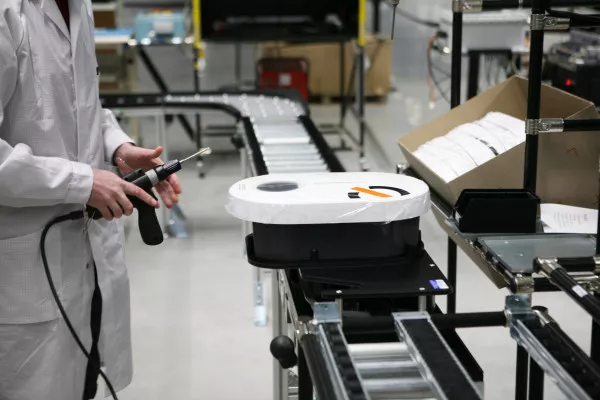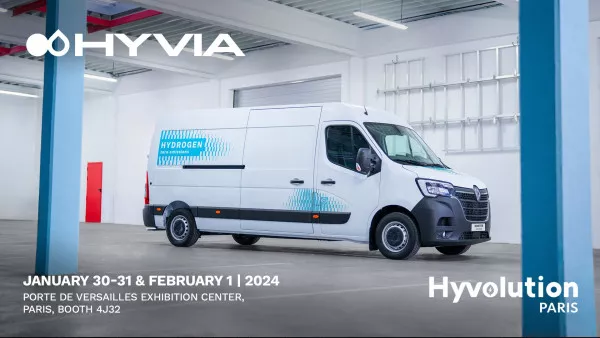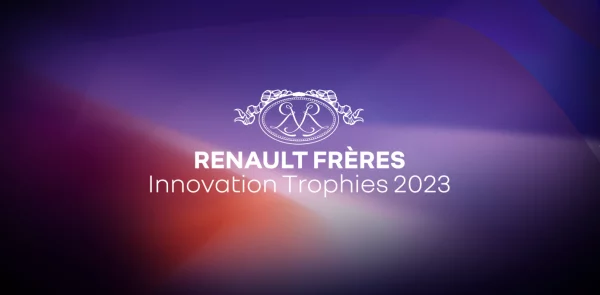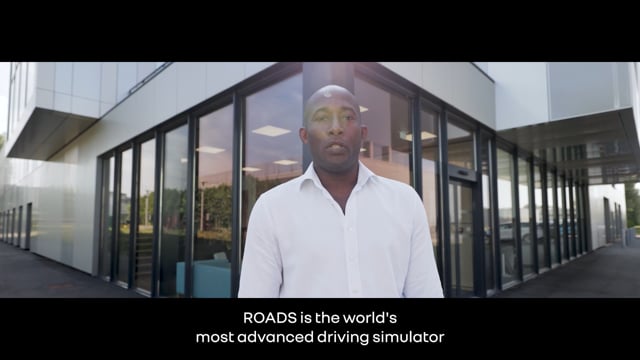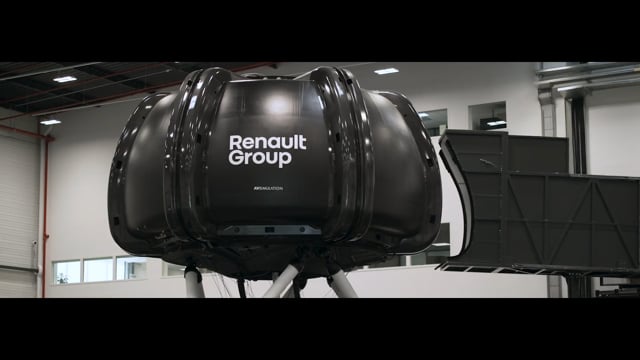ROADS: Construction challenges for Renault Group’s large new driving simulator
« What if we were to create a car manufacturer simulator with unprecedented capabilities? » That was the dizzying idea behind Project ROADS: a giant simulator that mobilized Renault Group’s engineering and real estate management teams for many years, in particular to construct the entire building that would go on to house the simulator, designed down to the last centimeter and watt. Each phase of the building’s construction and equipment installation was to serve the same goal: meet the demanding expectations the Group had for the simulator. This is the story of a journey full of pitfalls and innovative solutions to see the gargantuan project become a success with Serge Diop, ROADS Project Lead at Renault Group Engineering.
06 October 2023 09:59
While Renault Group has been using driving simulators for the past 25 years to design vehicles, the project for the new ROADS simulator, put into service in spring 2023, is on a very different scale. Venturing into the era of « the next generation automotive company » required a cutting-edge simulator with the best acceleration and immersive capabilities. It meant pulling out all stops to make room for the simulator at the Guyancourt Technocentre, with a brand-new building where engineering teams could push the powerful, dynamic system to its limit. An ambitious project, full of pitfalls and hurdles to overcome.
« There were many challenges when constructing the ROADS building: the first challenge was to carry out, at the same time, the construction of the building with the development of the simulator under a more than ambitious schedule. Civil engineering constraints for the building were combined with very strict specifications for the simulator. We found ourselves trying to solve an almost impossible puzzle which was also a huge organisational and technical challenge. »
Serge, ROADS Project Lead
Issues with floor stability
The ROADS building had to be built according to precise specifications, combining civil engineering specificities with installation and maintenance constraints. One challenge: laying the primary concrete slab on which the simulator would be placed.
The slab had to be made rigid enough to ensure the simulator would provide the expected dynamic performance. Serge Diop, ROADS Project lead at the Digital Excellence Center of Renault Group Engineering , discusses the technical solution that they came up with: « The exceptional structure measuring 1.5m thick sits atop a network of 55 1-metre-wide concrete pillars resting on solid substrates 30 meters down. As such, the slab forms an ultra-stable area measuring nearly 1400m2 ((35 x 39 meters) on which the simulator can exert dynamic forces (lateral and longitudinal acceleration ranging up to 1G and displacement speed of 9 meters / sec). »
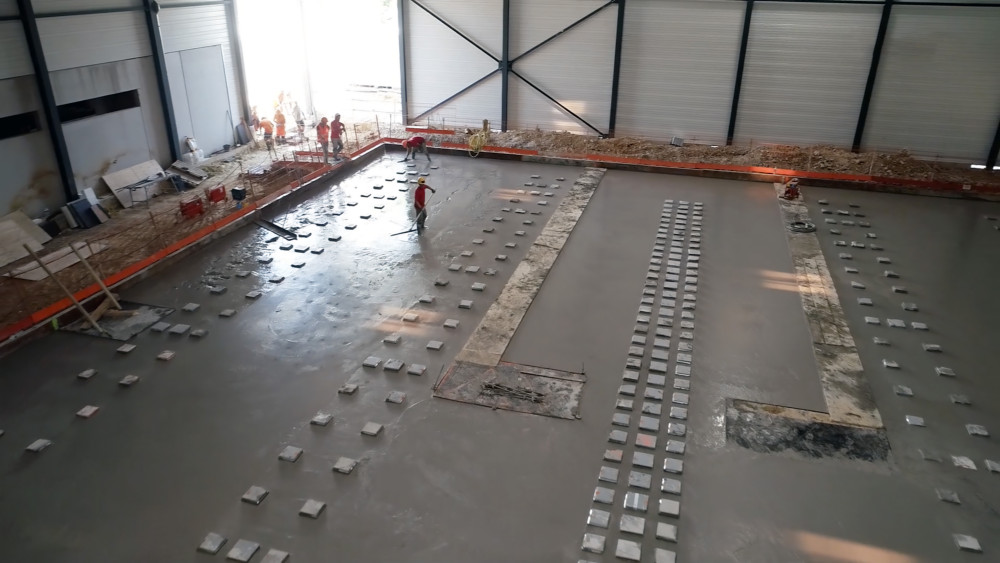
An issue with electricity
It goes without saying that a stable and robust power source was essential for this equipment to perform according to the demanding specifications. Serge Diop describes the challenges raised by having such electrical equipment (60 linear meters of cabinet): « Initially, the best location for the panels was near the transformers and the air conditioning system in conformity with civil engineering constraints, but the design had to be rethought due to power cable length. As a result, power cables had to pass over a large glass window more than 6 meters high. »
The ROADS simulator has also been fitted with an innovative energy recovery system to help reduce its energy consumption. The same principle as that used on electric vehicles, some of the energy lost during deceleration and braking is recovered and stored in a supercapacitor. The stored energy can then be used later during acceleration phases of the simulator. During maximal diagonal acceleration, for example, or as Serge Diop puts it: « To give you an idea, 1G acceleration on the simulator is the same as accelerating in a Megane R.S. These spikes require maximum electrical capacity from the simulator. »
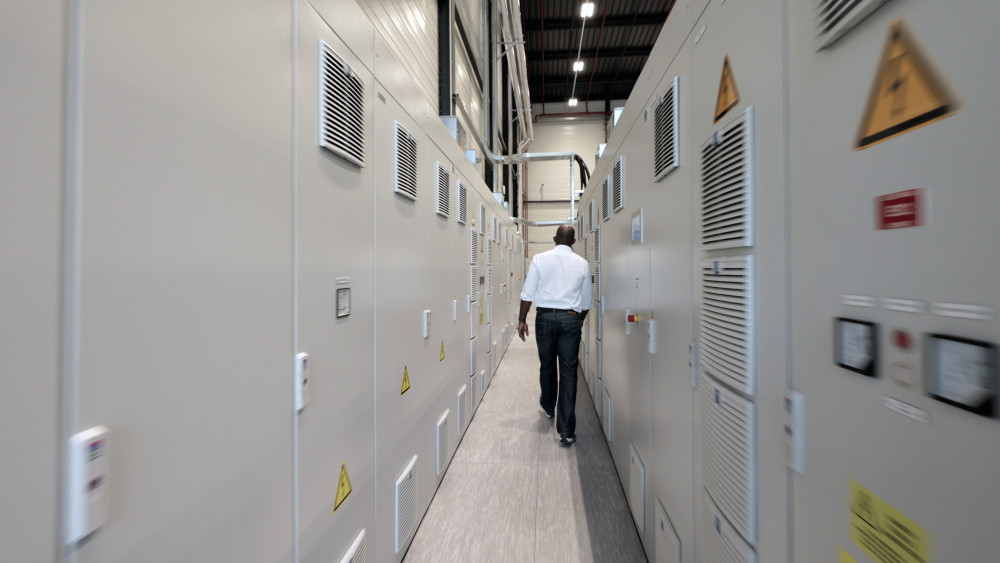
An issue with transport
Once the building was built and ready, the simulator then had to be installed. There again, nothing was simple. The mere size of the machine-made transport considerably difficult. « The ROADS simulator is made of three components: the immersive dome measuring 7 meters across on the inside, the hexapod made up of six cylinders on which the simulator is placed, and the gantry that holds up the tracks and enables its transverse and longitudinal movements, » explains Serge Diop.
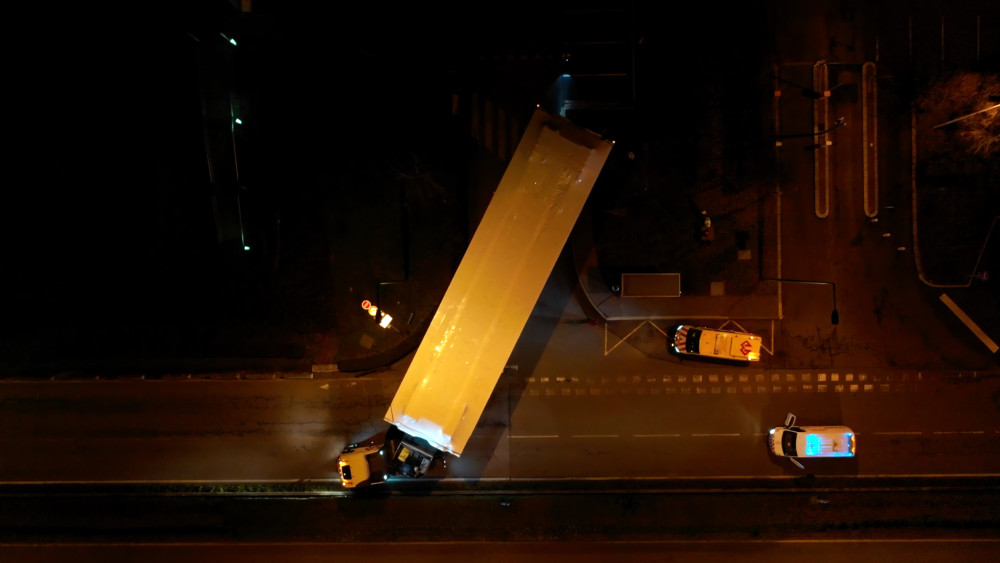
Indeed, the steel gantry is the largest part of the simulator measuring 28 meters long by 4 meters wide and weighing 12 tons! These impressive dimensions explain the difficulty when it came to transporting such a part both by road and in one piece. Coming from the Netherlands, the unusual convoy traveled slowly (only 15 km/h!) and took five days to make the 533 km journey all the way to the Technocentre, arriving in the thick of night.
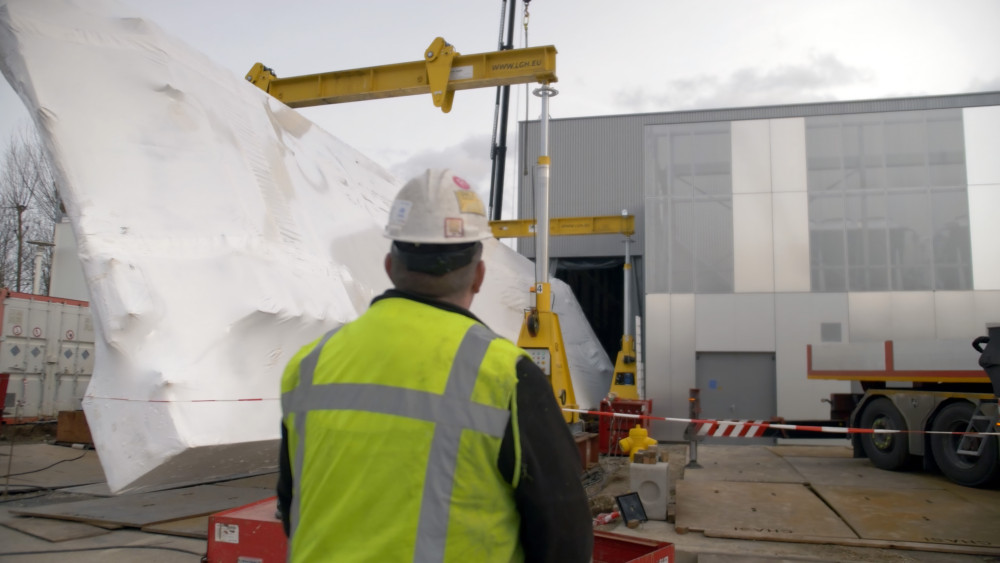
The last piece of the puzzle, the carbon fiber dome arrived in separate pieces since it would have been impossible to bring inside the building in a single piece. Its six petals, floor, and roof were then assembled, bolted, and glued together on site right in the simulation room.
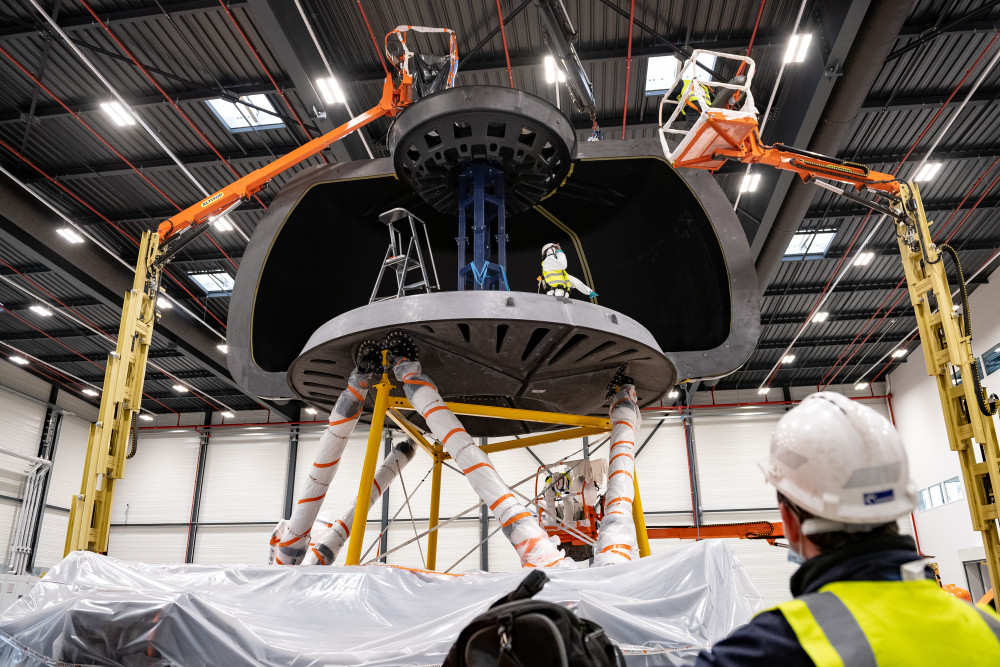
Ultimately, the successive issues faced by the teams working on the ROADS project meant they had their work cut out for them, yet they met each challenge with innovative solutions and steely determination. After all their hard work, the team's first proud moment came in September 2020 with the completion of construction on the building. Then came the momentous day in April 2021 when the dome moved for the first time, as if to exemplify the full potential of the giant new simulator. Today, ROADS is in operation, but its saga has only just begun.
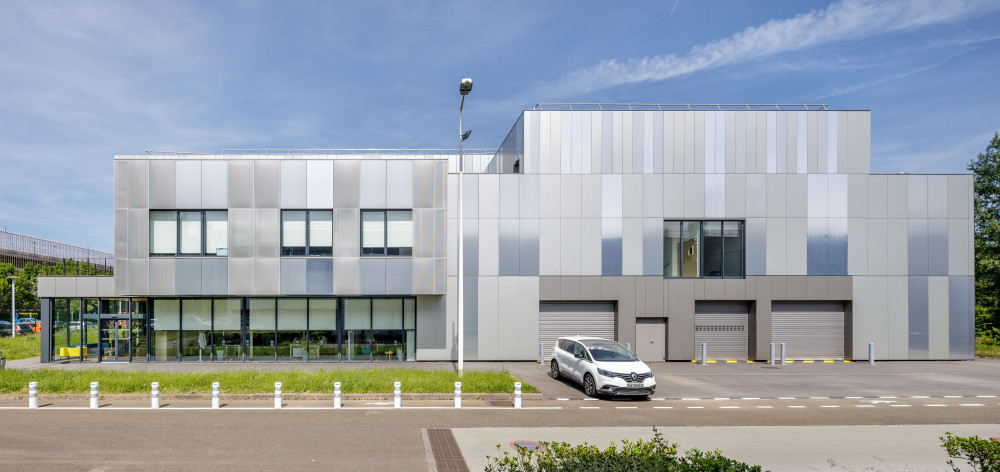
The final word of this fascinating story is obviously for Serge:
« For me, the ROADS project was a professional but also a personal challenge. I knew the job of project manager but not the world of driving simulators. Therefore, I didn't fully realize the challenges I was going to have to deal with when I accepted the project manager’s position. But it is a source of great personal satisfaction having brought the project to fruition with the collaboration of the whole technical team. Renault Group now has an exceptional tool it can use to produce next-generation vehicles. »
Renault Group is at the forefront of a mobility that is reinventing itself. Strengthened by its alliance with Nissan and Mitsubishi Motors, and its unique expertise in electrification, Renault Group comprises 4 complementary brands - Renault, Dacia, Alpine and Mobilize - offering sustainable and innovative mobility solutions to its customers. Established in more than 130 countries, the Group has sold 2.1 million vehicles in 2022. It employs nearly 106,000 people who embody its Purpose every day, so that mobility brings people closer.
Ready to pursue challenges both on the road and in competition, Renault Group is committed to an ambitious transformation that will generate value. This is centred on the development of new technologies and services, and a new range of even more competitive, balanced, and electrified vehicles. In line with environmental challenges, the Group’s ambition is to achieve carbon neutrality in Europe by 2040.
More information www.media.renaultgroup.com
Media library (10)
- All (10)
- Images (8)
- Videos (2)
Renault Group is at the forefront of a mobility that is reinventing itself. Strengthened by its alliance with Nissan and Mitsubishi Motors, and its unique expertise in electrification, Renault Group comprises 4 complementary brands - Renault, Dacia, Alpine and Mobilize - offering sustainable and innovative mobility solutions to its customers. Established in more than 130 countries, the Group has sold 2.1 million vehicles in 2022. It employs nearly 106,000 people who embody its Purpose every day, so that mobility brings people closer.
Ready to pursue challenges both on the road and in competition, Renault Group is committed to an ambitious transformation that will generate value. This is centred on the development of new technologies and services, and a new range of even more competitive, balanced, and electrified vehicles. In line with environmental challenges, the Group’s ambition is to achieve carbon neutrality in Europe by 2040.
More information www.media.renaultgroup.com
Related topics
